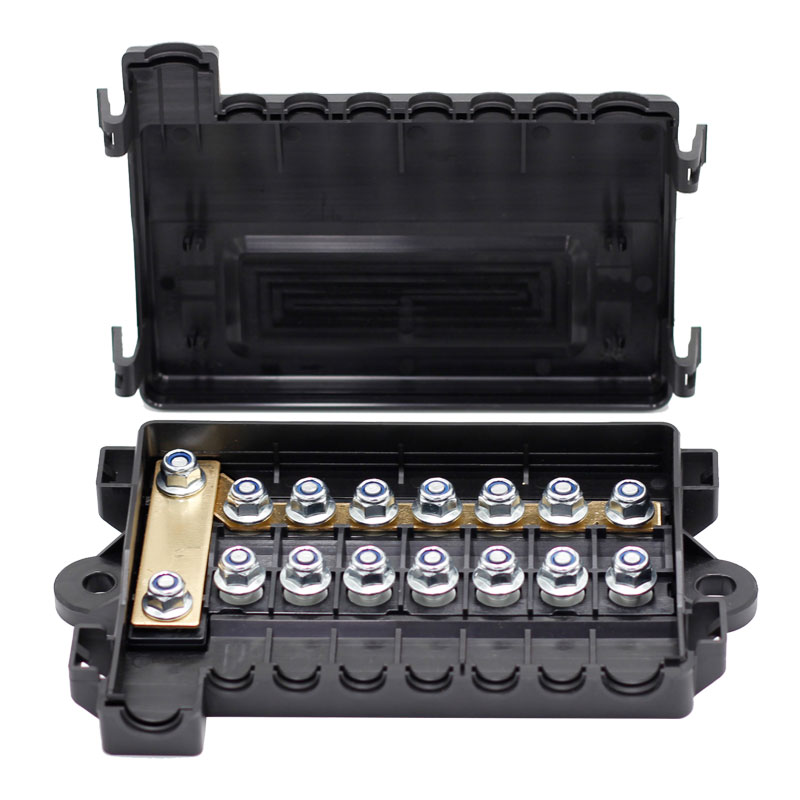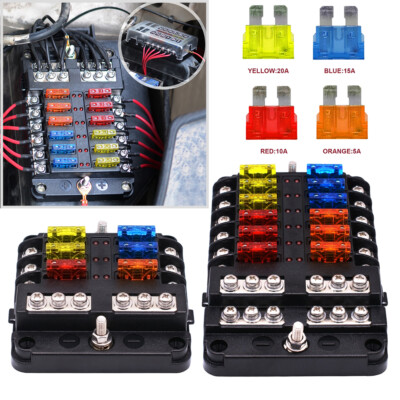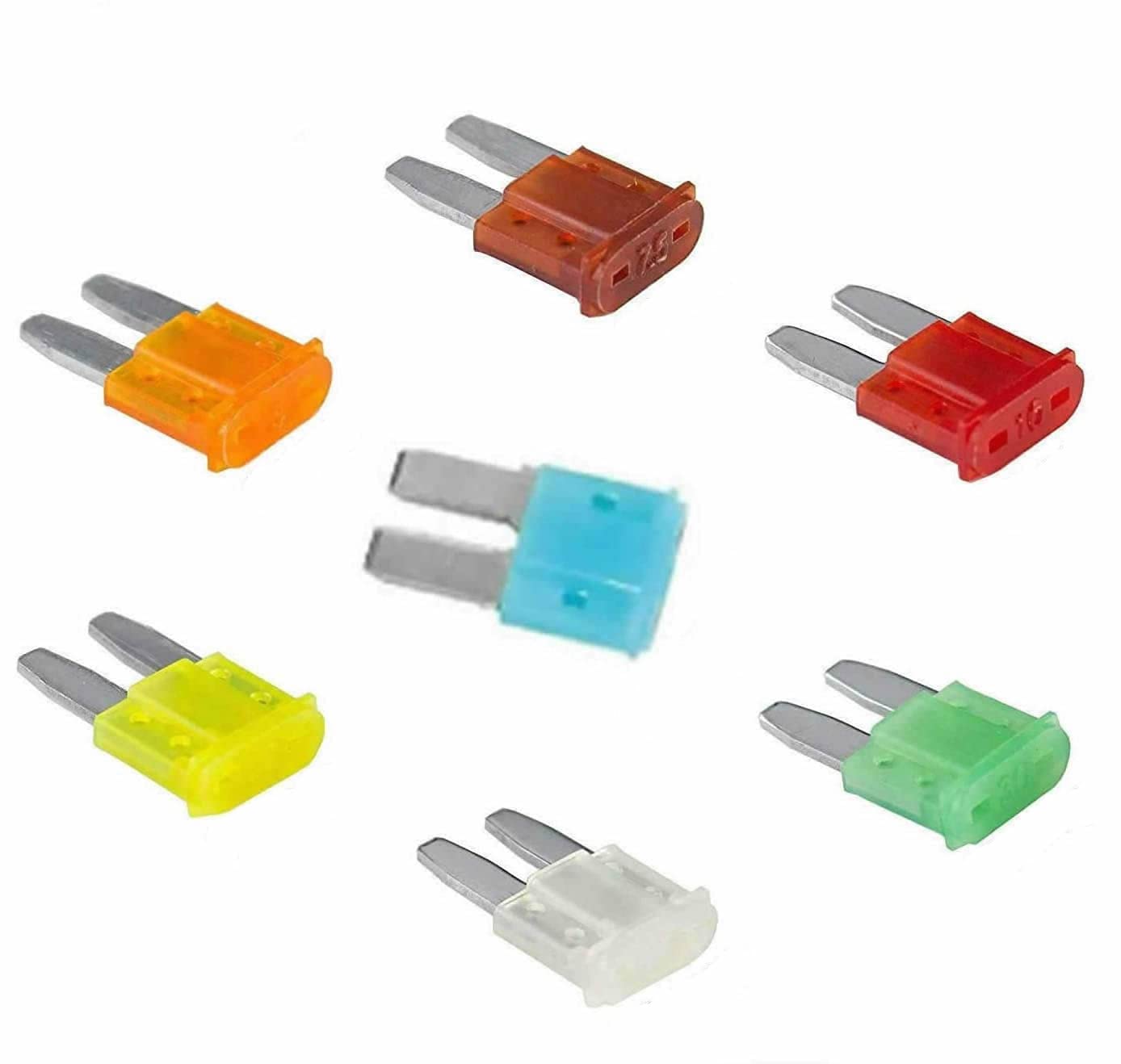Essential Guide to Safely Installing Automotive Fuses for First-Time Users
News 2025-10-13
Car fuses are critical components in any vehicle’s electrical system, acting as safeguards against overloads and short circuits. For beginners, understanding and installing them correctly can prevent costly damage and ensure safety on the road. This tutorial breaks down the process into simple steps, focusing on common applications like protecting lights, radios, and other accessories. By mastering fuse installation, you’ll enhance your car’s reliability and gain confidence in basic automotive maintenance.

Exploring Fuse Types and Their Applications
Car fuses come in various types, such as blade, glass, and ceramic, each designed for specific uses. Blade fuses are popular in modern vehicles for their compact size and ease of replacement, often found in fuse boxes protecting circuits for headlights and power windows. Their performance advantage lies in quick response to faults, minimizing damage. In high-amperage scenarios, like engine compartments, ceramic fuses offer better heat resistance, making them ideal for demanding applications where safety and durability are paramount.
Gathering Tools and Prioritizing Safety
Before starting, assemble essential tools including a multimeter for testing, fuse pullers or pliers, and replacement fuses matched to your car’s specifications. Safety is key—always disconnect the battery to avoid shocks or fires. This approach not only streamlines the process but also highlights the performance benefits of using quality tools, which reduce error risks and extend fuse life in everyday driving conditions.
Step-by-Step Installation Process
Begin by locating the fuse box, typically under the dashboard or hood, and consult your vehicle’s manual for diagrams. Remove the faulty fuse using a puller, inspect for damage, and insert a new one of the same amperage. Test the circuit with a multimeter to ensure proper function. This method emphasizes the fuses’ role in preventing electrical failures, showcasing their advantage in maintaining vehicle performance during long trips or daily commutes.
Common Questions and Answers
1. What are the signs of a blown fuse?
A blown fuse often shows a broken metal strip or discoloration; check with a multimeter for continuity to confirm.
2. Can I use a higher amperage fuse as a temporary fix?
No, using a higher amperage fuse can cause wiring damage or fires; always replace with the correct rating.
3. How often should I inspect car fuses?
Inspect fuses during routine maintenance, such as oil changes, to catch issues early and ensure system reliability.


